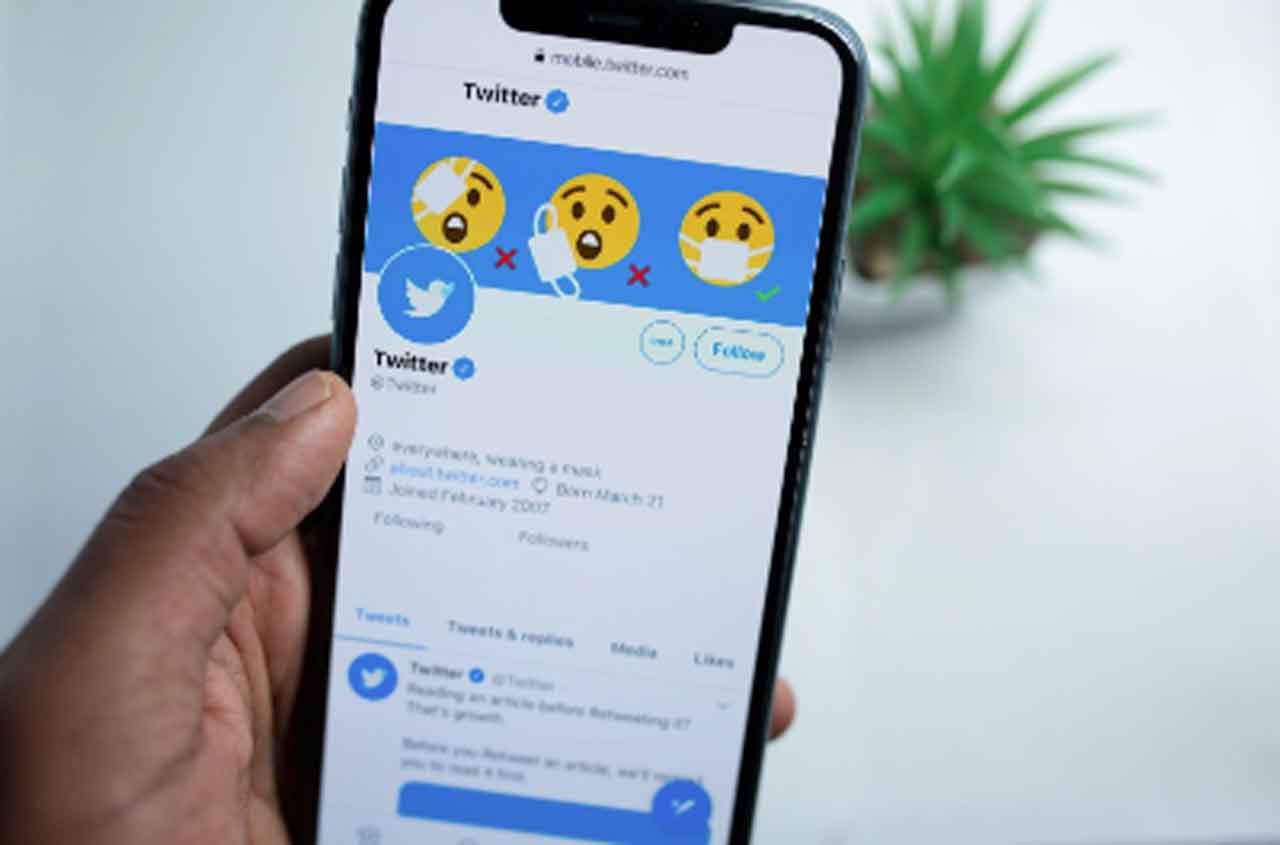Crises are almost inevitable in businesses regardless of the field. According to a PwC global crises survey 2023 report, 69% of business leaders reported experiencing at least one crisis in five years, with three being the average.
However, when crises hit, most businesses keep silent because they don’t know how best to respond. A JOTW survey shows that only 45% of business communicators have a well-documented crisis communication plan. Public relations offers your client a strategic solution to communicate with their audience and control the narrative.
How can you help alleviate clients crisis with PR? In this article, you’ll learn five ways PR can help in crisis management and three effective strategies you can adopt when crisis strikes.
Understanding the Role of a PR Agency During the PR Crisis

Hiring a PR agency is most businesses’ first line of defense when crises strike. However, the role of the PR firm isn’t to distribute wrong information or create a false narrative that places the company in a good light. Here is a list of the roles of PR and how it helps your client in times of crisis.
-
Crafting Clear and Concise Media Response
In times of crisis, the public will expect an online explanation or response to allegations. As a PR agency, you will create clear and concise messaging to respond to media inquiries. These communication assets, whether press releases or interviews, will include information about the crises, actions taken so far, and future changes. This will help to calm the public, restate your client’s commitment to transparency and build new relationships with the audience. A clear response leaves no room for doubt or speculations, doesn’t try to shift blame to another party, and highlights steps you will take to fix the problem.
-
Training Executives on Media Interaction
When a PR crisis hits, the executives and stakeholders are mostly at the forefront of public communication. Although it’s the top executives’ responsibility to execute crisis management plans, unfortunately, only 23% of organizations have a well-integrated crisis management function. Emotions can cloud people’s judgment, and a simple phrase can be misinterpreted, leading to wider unrest. PR helps to train executives on what to say, how to say it, and body posture, amongst others. If successful, your client can navigate the crisis without setting new controversies or escalating the issues.
-
Creating Crisis Management Plans and Strategies

A crisis may never hit, but you must always prepare for it. A resilient business prioritizes a crisis-agnostic strategy, but just 35% of respondents have one that creates a crisis management plan highlighting steps to navigate a crisis if it hits. In most cases, the approach must change to accommodate unforeseen elements. However, such a program must help your clients develop a proactive approach that integrates swift responses to control the narrative before it escalates.
-
Managing Social Media Interaction

Social media is one of the places people rely on for news; in times of crisis. It’s often the biggest distribution channel for misinformation. PR will enable you to respond to inquiries professionally to safeguard against playing into the hands of mischief makers. Also, with a clear social media crisis management plan, you can respond to comments, disassociate your client brand from false speculation and update the public.
-
Creating Employee and Investor Relations Communication Statements
In most crises, employees become wary of their future with the company. On the other hand, investors will worry about losing their investment if the company goes under due to poor crisis management. PR helps to communicate and rekindle trust in the company. This involves creating clear internal communications like a newsletter to explain how the crisis affects employees and stakeholders while reassuring them of your client’s commitment to fixing issues. It also helps to remind the stakeholders and employees of crisis response training. Why? Because the wrong response or tweet from an employee might escalate the crisis.
3 Strategies to Employ During a PR Crisis
When facing a crisis, here are three effective strategies you can implement to achieve a positive outcome:
-
Communicate
Staying silent when a crisis hits is like fueling a burning house. You should respond to allegations immediately after you become aware of them. If there’s no clear path, the press release should acknowledge the issue and reassure the public of your commitment to fixing things. It should also include plans for regular updates on steps toward making things better.
-
Create Unified Messaging
The last thing you want during the crisis management phase is a divided house. If the CEO’s tweets, for instance, and the COO’s press release contradict, it could cause bigger problems. When your message isn’t aligned, the customers and media will believe there’s something suspicious going on internally, leading to more speculations. You must create a unified messaging and insist your client adopt it across all channels.
-
Lead with Empathy and Authenticity
Throwing shades at journalists, launching a counter-campaign, and being arrogant and disrespectful to the media is the wrong way to approach a crisis. You should lead with empathy by acknowledging the issue and apologizing to those affected. Don’t try to avoid the problems; face it head-on and be authentic with your narrative.
Next Steps
Waiting for crises to hit before preparing a response plan will do more harm than good. Preparation is the key to alleviating potential crises with minimal damage to the company’s reputation. Consider consulting with a PR firm specializing in crisis management to assess your current PR strategies and develop a personalized, comprehensive crisis response plan. Remember, in public relations, it is always better to be proactive rather than reactive.







